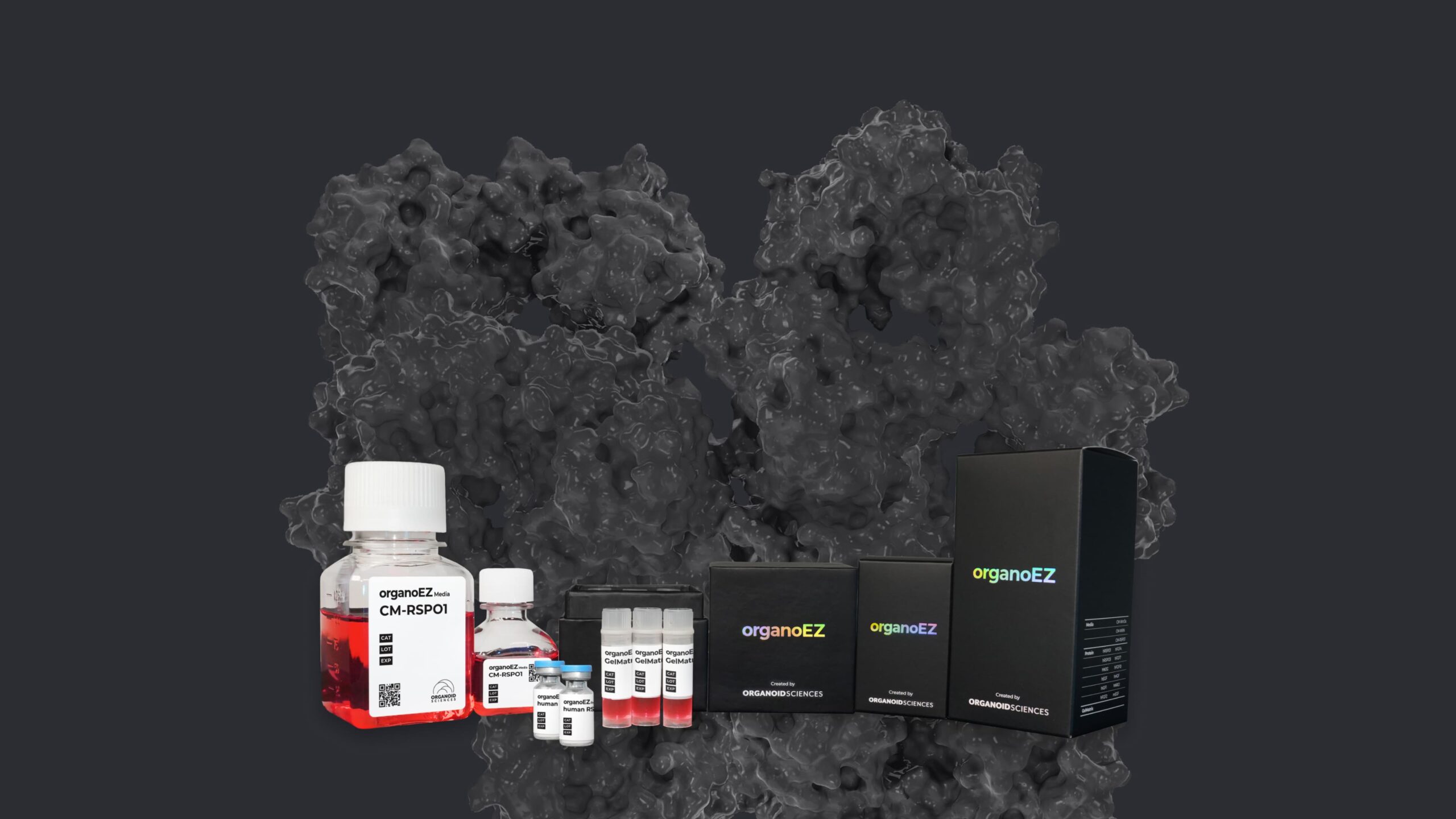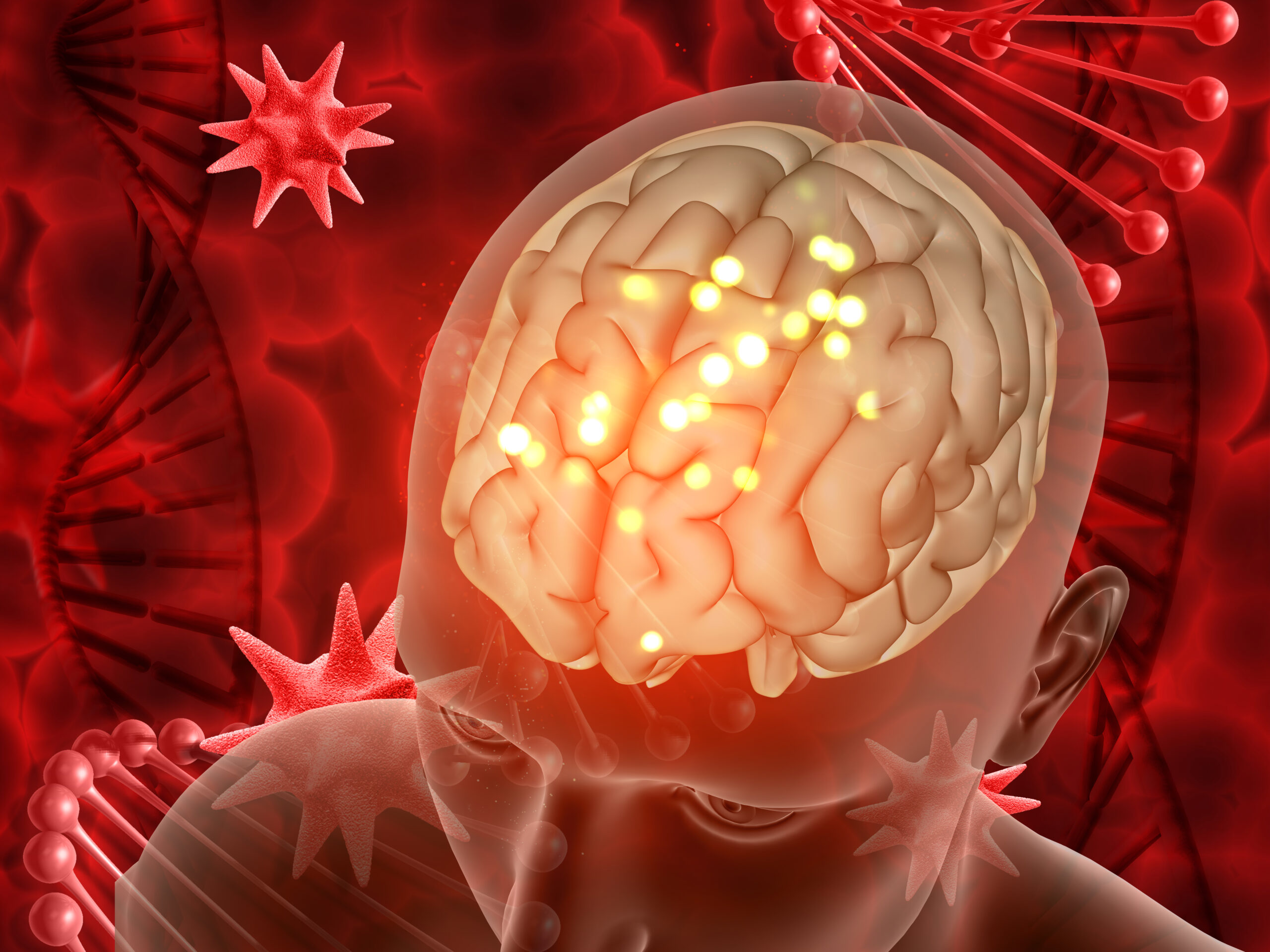Human liver organoids, which are 3D cultured cells with stem cell characteristics, have shown promise in drug discovery but are limited by their lower hepatic function compared to primary human hepatocytes (PHHs). Efforts to enhance their hepatic functions have not yet matched the capabilities of PHHs. In this study, human liver organoids derived from cryopreserved PHHs were cultured using HYDROX, a chemically defined 3D nanofiber. While the ability of these organoids to proliferate was reduced in the HYDROX culture, there was a significant improvement in the gene expression of drug-metabolizing enzymes. The enzymatic activities of key cytochrome P450 enzymes (CYP3A4, CYP2C19, and CYP1A2) in these organoids (referred to as Org-HYDROX) were comparable to those in PHHs. Org-HYDROX also exhibited similar cell viability to PHHs when exposed to hepatotoxic drugs, suggesting their utility in drug-induced hepatotoxicity testing. Additionally, Org-HYDROX maintained its functions for up to 35 days, indicating potential for chronic hepatotoxicity testing. The study concludes that HYDROX may be a promising biomaterial for differentiating human liver organoids into hepatocyte-like cells suitable for pharmaceutical research.
Keywords: Drug discovery, liver organoids, drug toxicity




